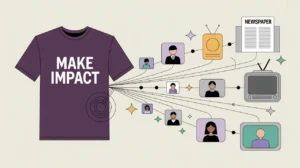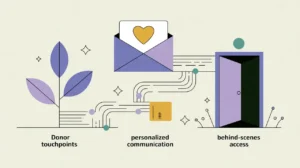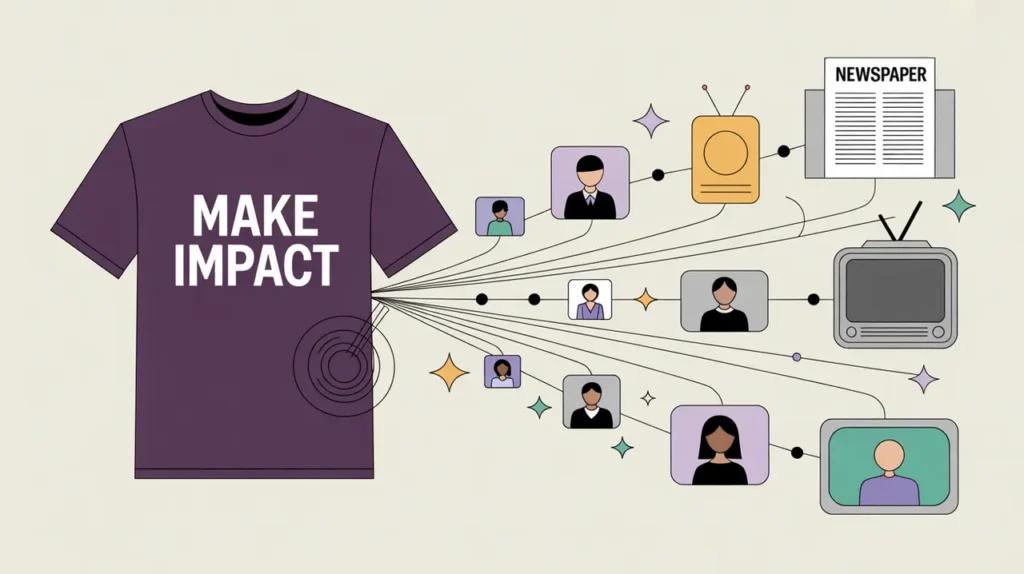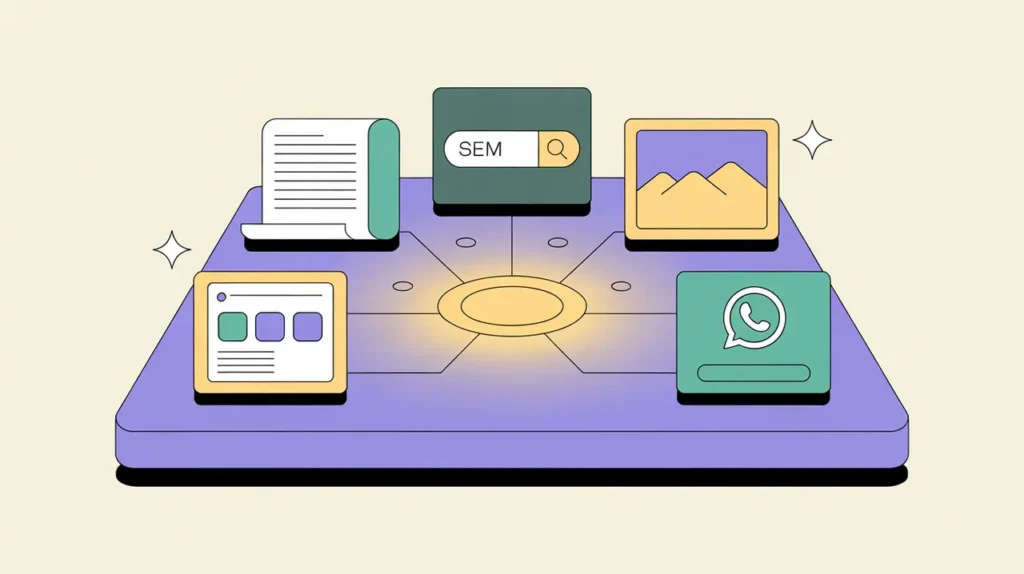What Does Messaging & Brand Development Involve?
Messaging and brand development define how a nonprofit presents itself to the world. It shapes identity, clarifies purpose, and ensures that communications resonate with donors, partners, beneficiaries, and the broader public. A strong brand goes beyond logos and colors. It expresses values, mission, and credibility in ways that invite trust and engagement.
In practice, messaging involves developing a consistent voice across channels, crafting narratives that connect emotionally, and aligning words with the organization’s strategic goals. Brand development focuses on visual identity, tone, and positioning, ensuring the organization stands out while remaining authentic. Together, these elements influence fundraising, advocacy, partnerships, and community engagement.
Without clear messaging and brand identity, nonprofits risk confusion, weak engagement, and missed opportunities. When done well, they unify staff, attract support, and inspire stakeholders to act.
What Competencies are Associated with this Role?
Brand and messaging work requires creativity, strategy, and consistency. Competencies include:
- Developing brand guidelines and voice
- Crafting core messages that reflect mission and values
- Designing visual identity elements (logos, color palettes, templates)
- Writing compelling narratives for diverse audiences
- Aligning communications with strategic priorities
- Ensuring consistency across channels and campaigns
- Conducting audience research and message testing
- Positioning the organization against peers and competitors
- Managing brand reputation and updates over time
- Training staff and volunteers to use messaging effectively
How Might AI and Automation Help this Role?
AI and automation can speed up and refine brand and messaging work. Opportunities include:
- Generative AI for drafting messages in different tones and formats
- Automated brand compliance checks on content
- AI-assisted audience segmentation and sentiment analysis
- Tools that generate design templates aligned with brand guidelines
- Automated A/B testing of messaging effectiveness
- Machine learning to track brand perception trends
- AI-powered translation to adapt messaging globally
- Generative AI for visual assets that match brand identity
What are the Roles by Experience Level?
Roles range from creative support to leadership of organizational identity:
- Entry: Communications Assistant, Brand Associate – draft copy, support design, maintain templates
- Mid: Communications Officer, Brand Strategist – develop core messaging, manage brand projects, conduct testing
- Senior: Communications Manager, Brand Lead – oversee messaging consistency, guide visual identity, align brand with strategy
- Executive: Director of Communications, Chief Communications Officer – set organizational brand vision, represent the brand externally, manage reputation
How Transferable are the Skills from this Role?
Messaging and brand development skills transfer across marketing, communications, and leadership roles in all sectors. Within nonprofits, they prepare staff for advancement in fundraising, advocacy, and partnerships. Beyond nonprofits, they align with careers in advertising, PR, corporate branding, and media. The ability to shape narratives and manage identity is essential wherever organizations must build trust and influence.







